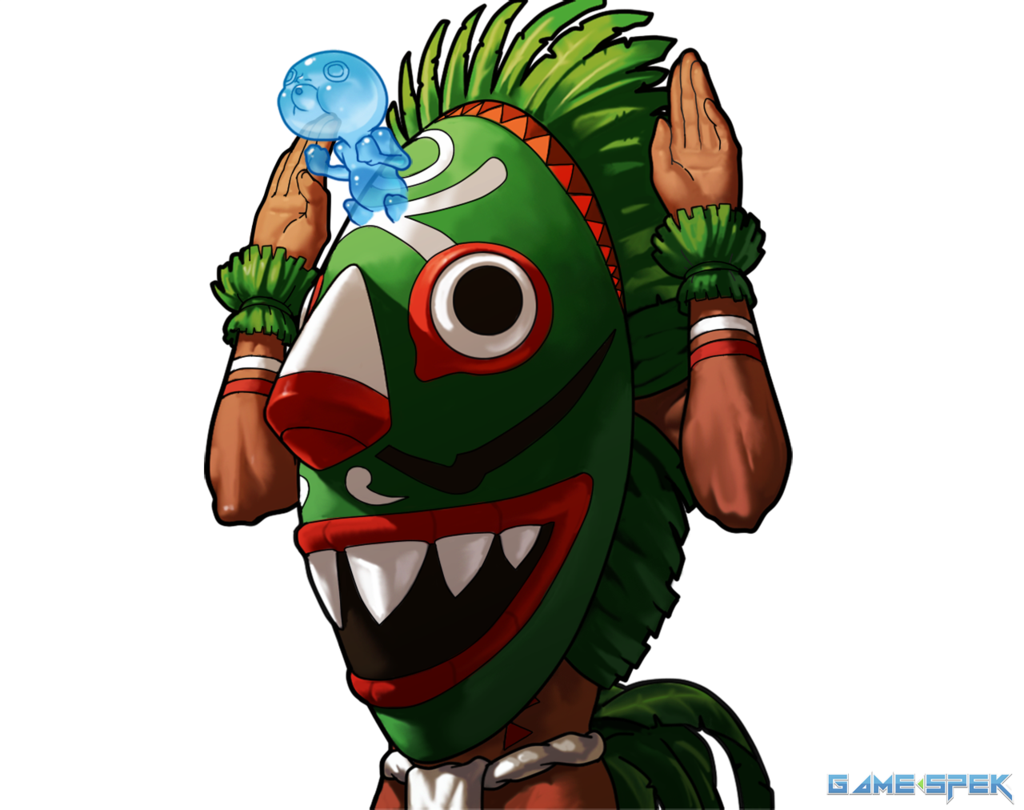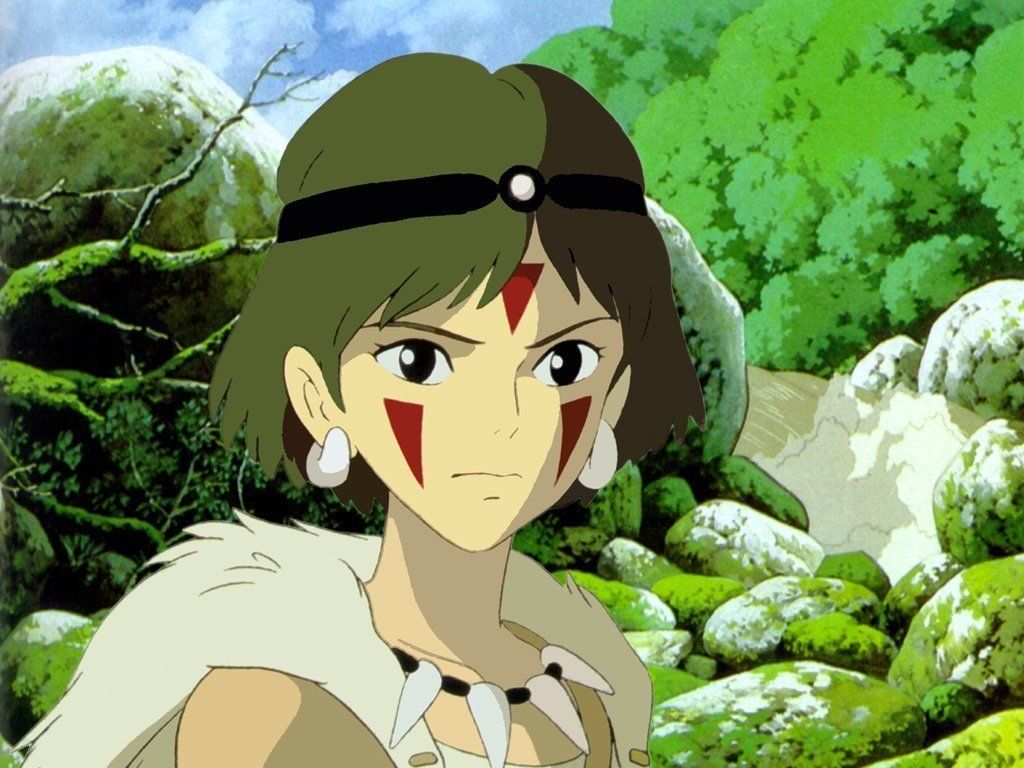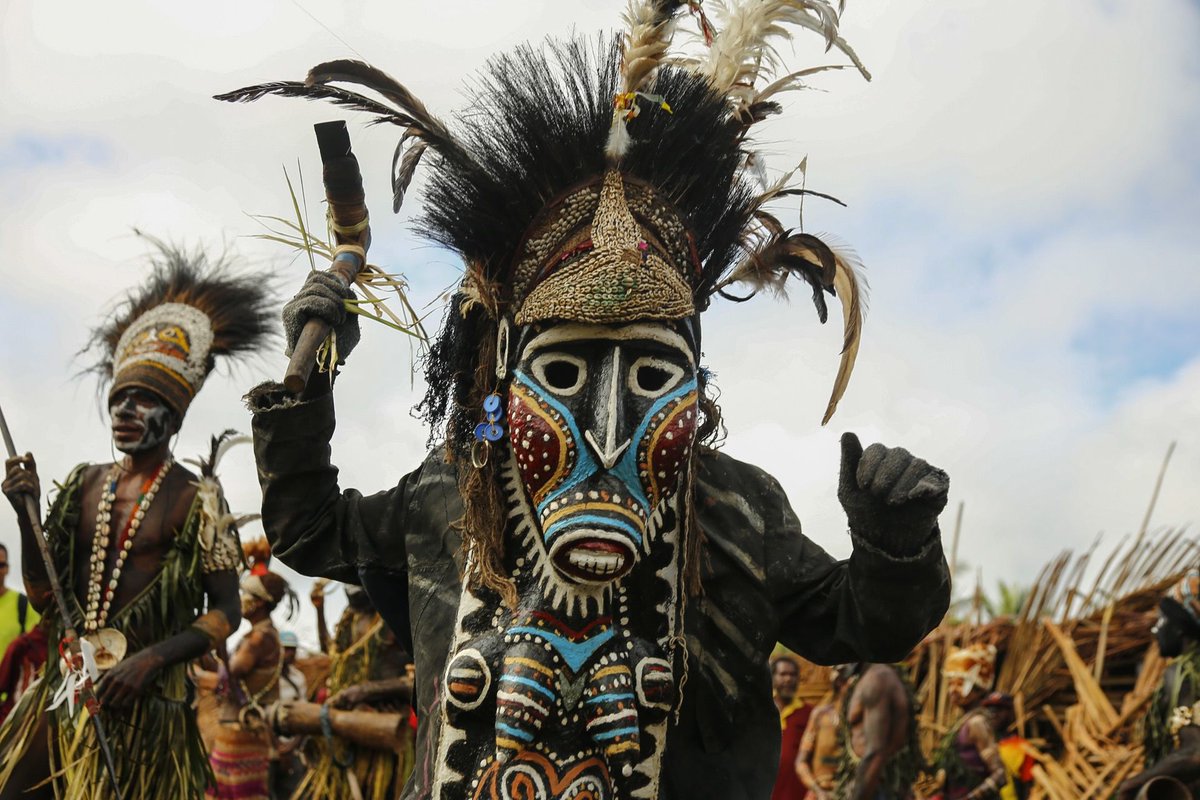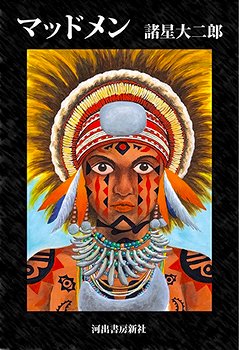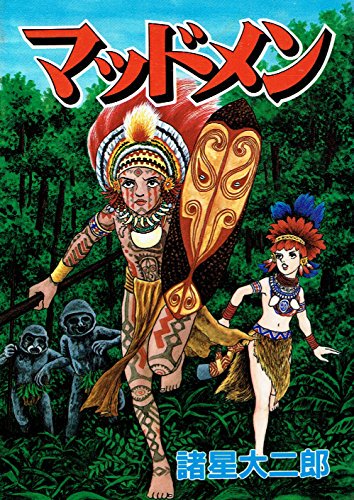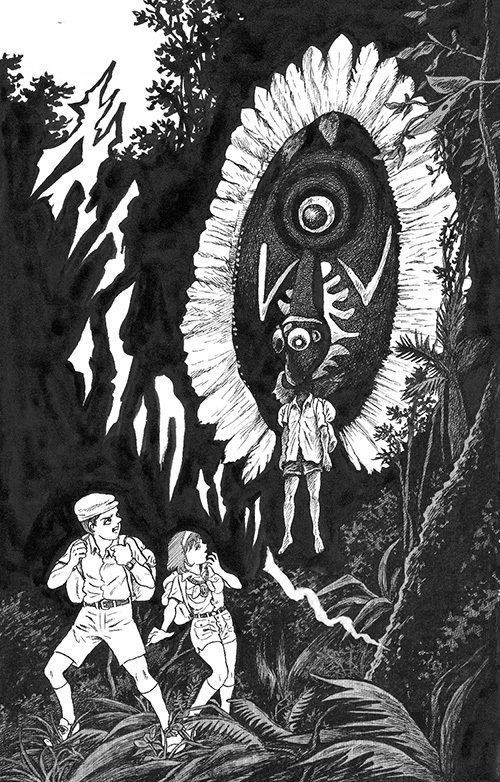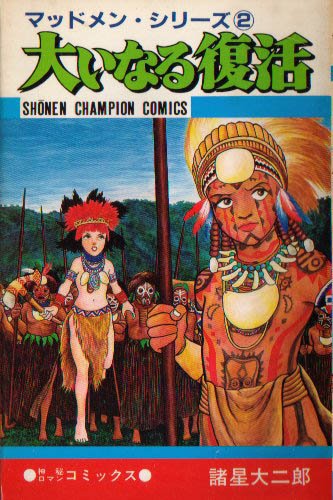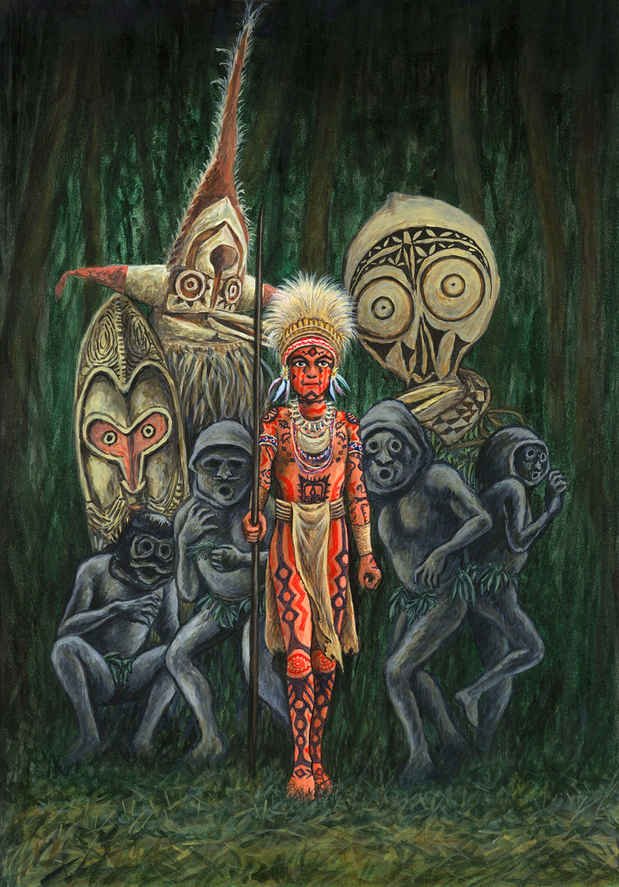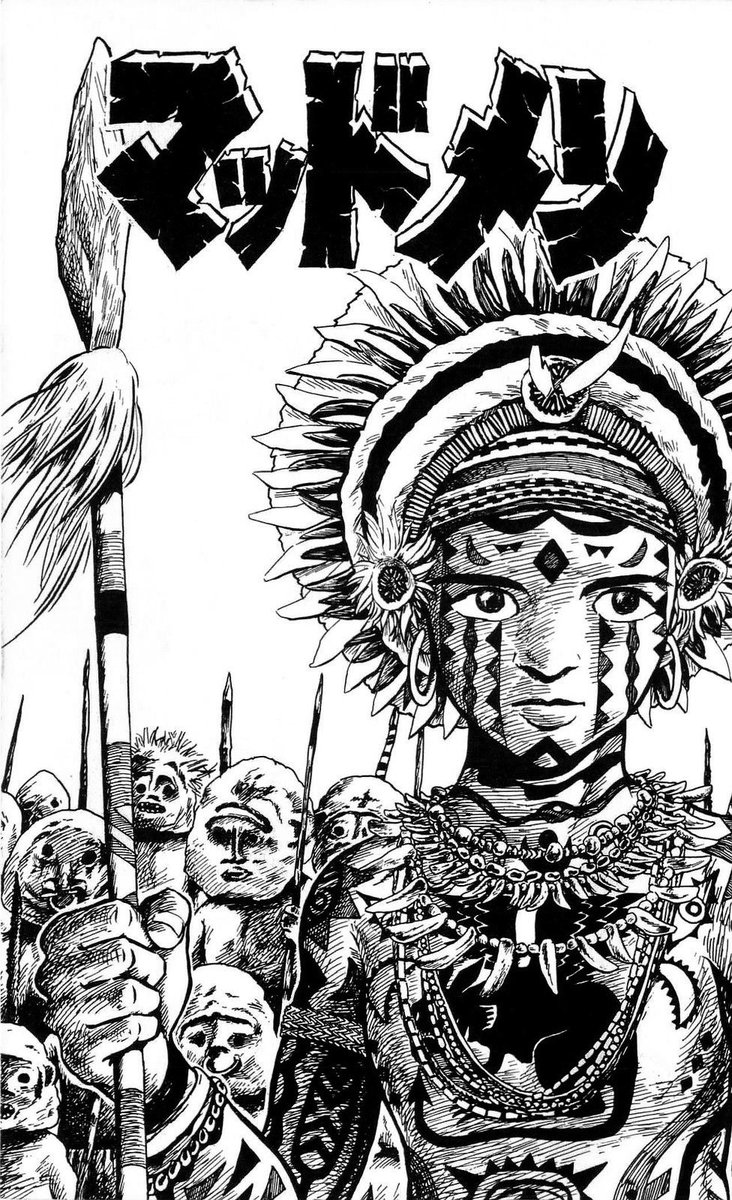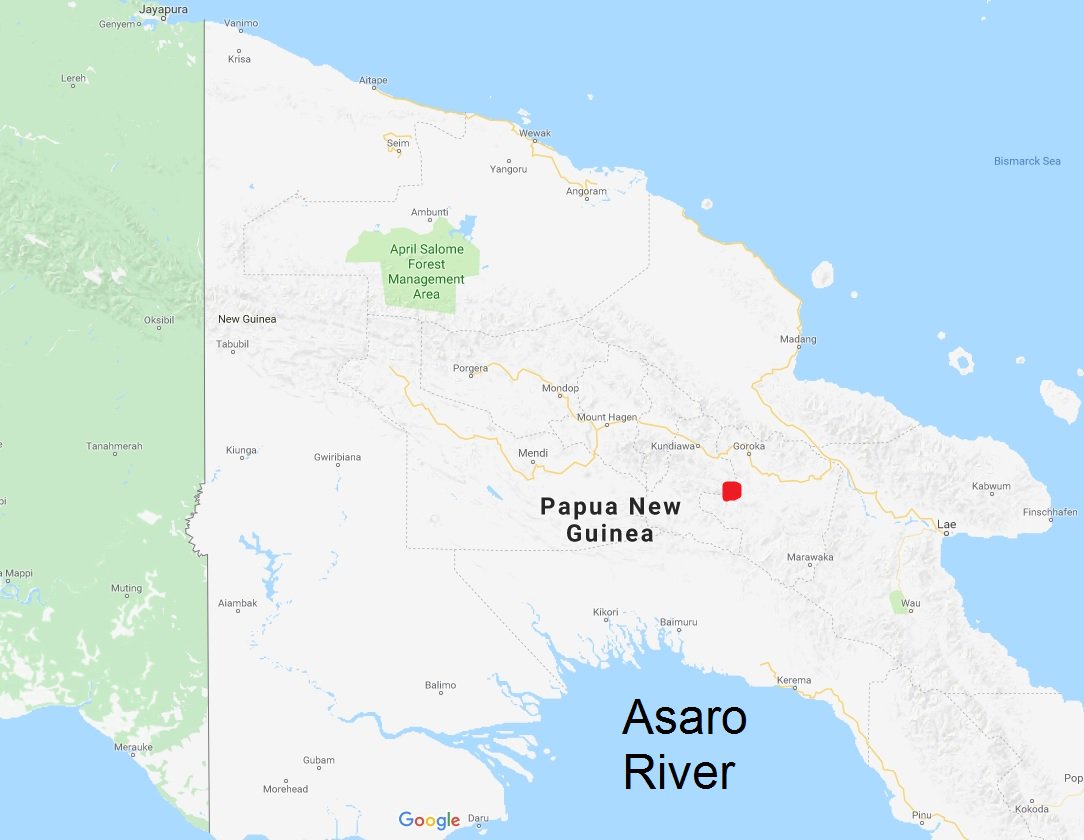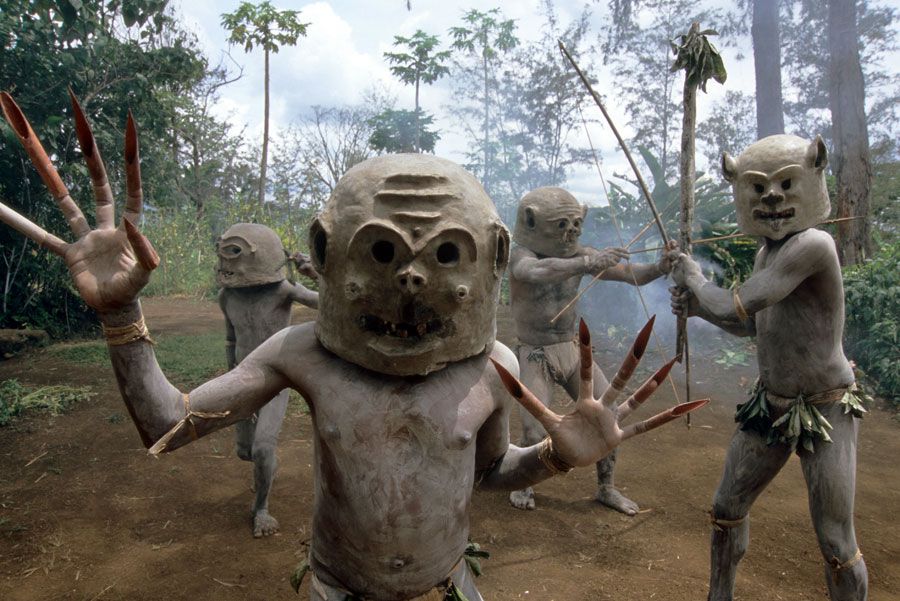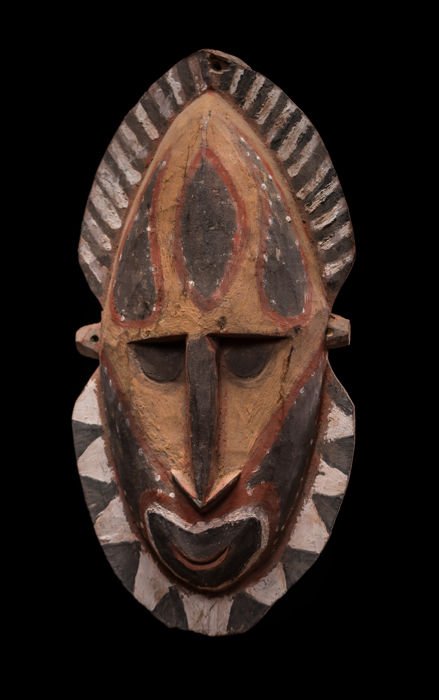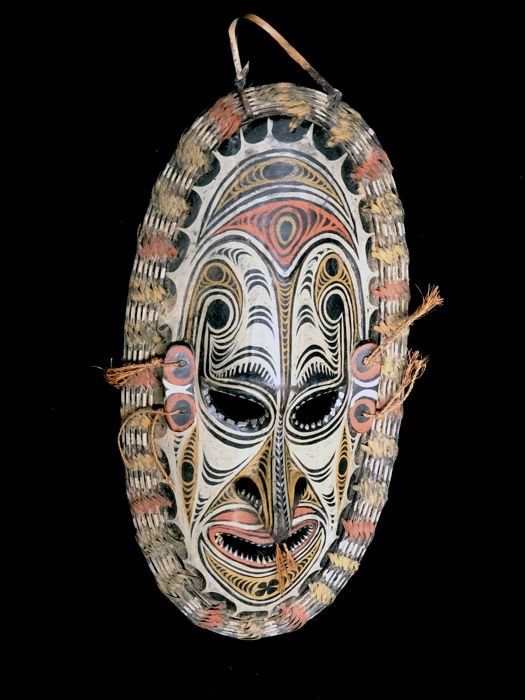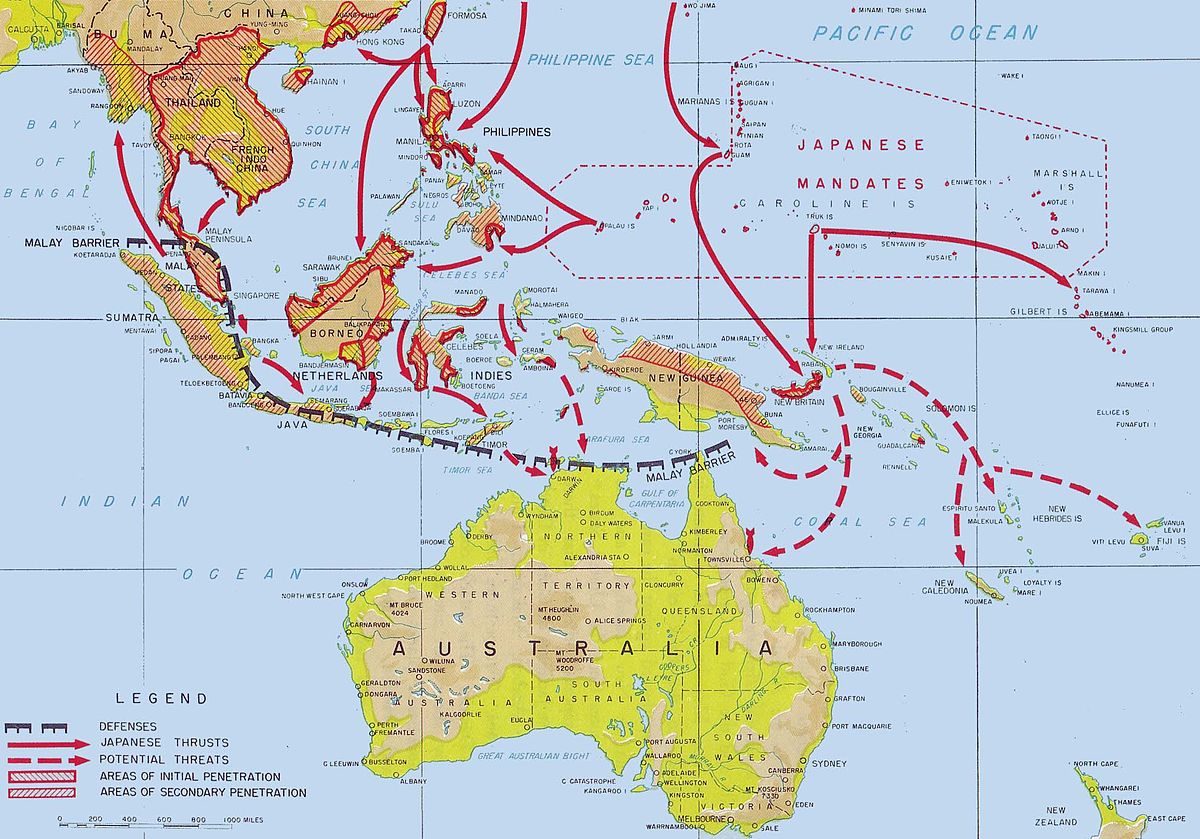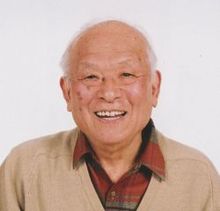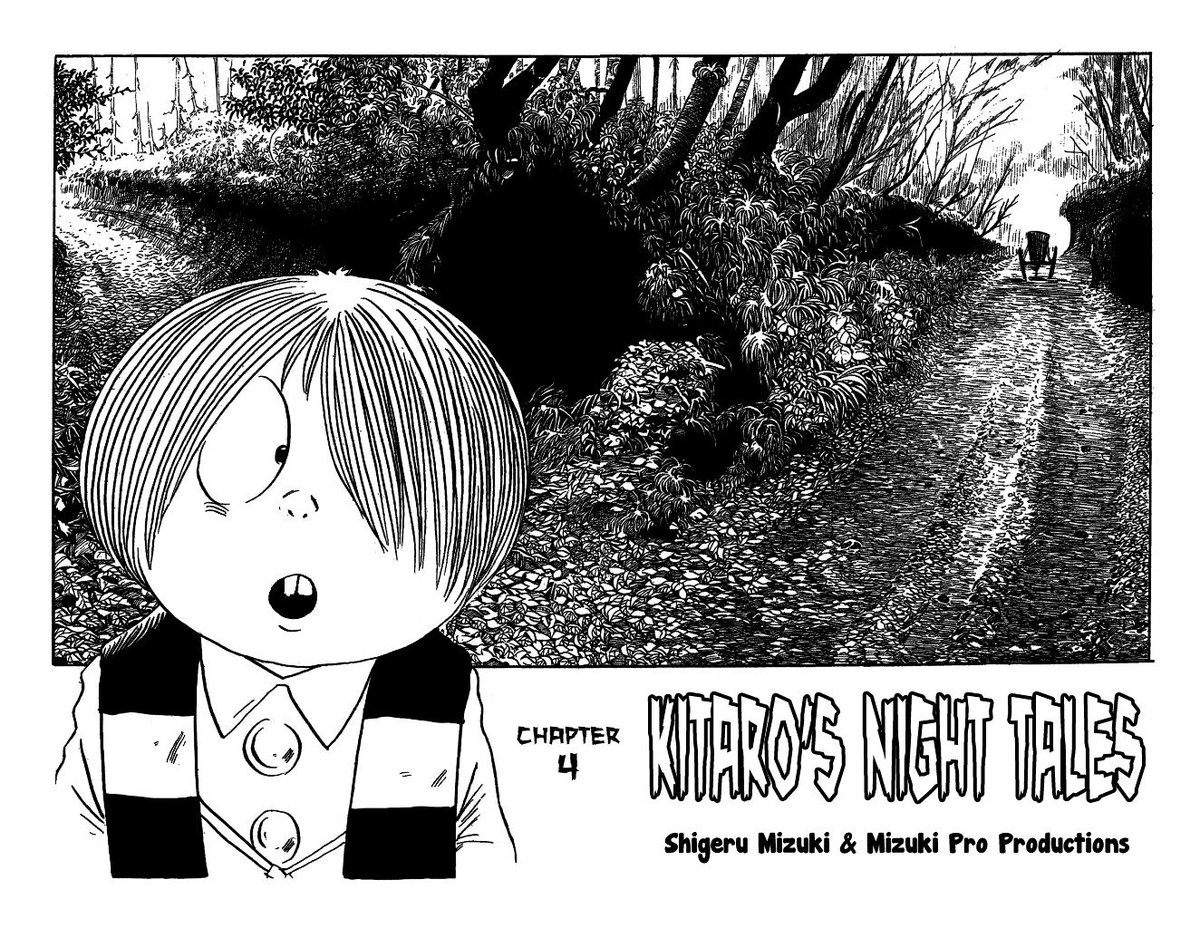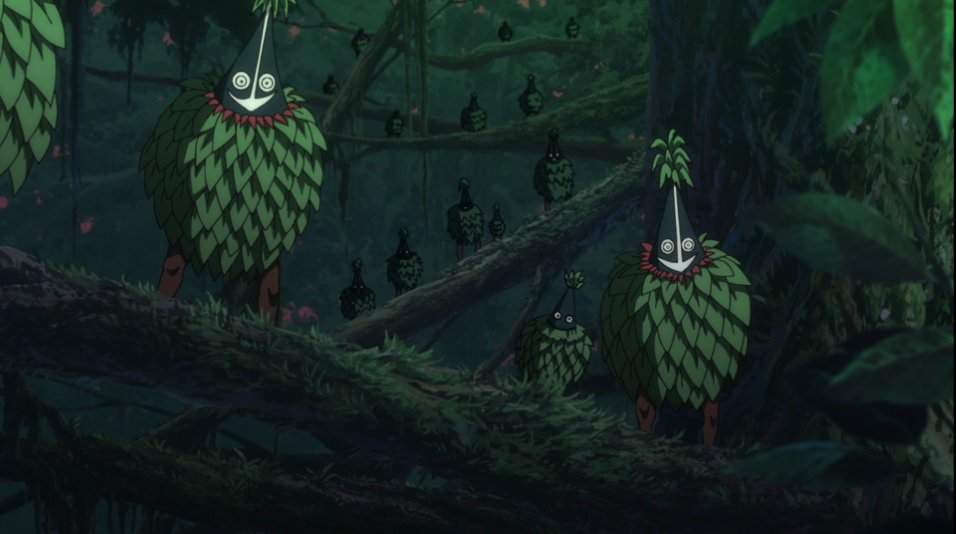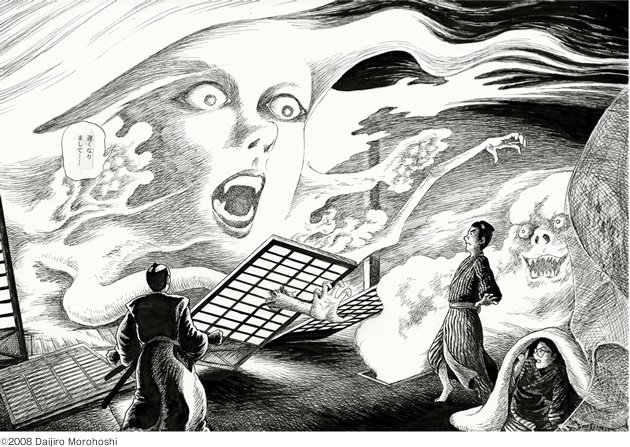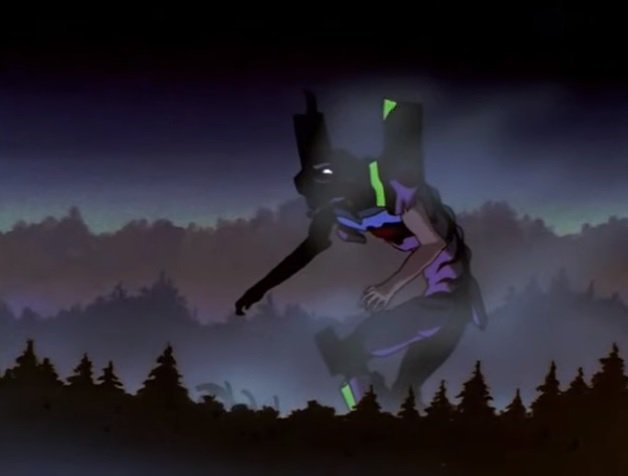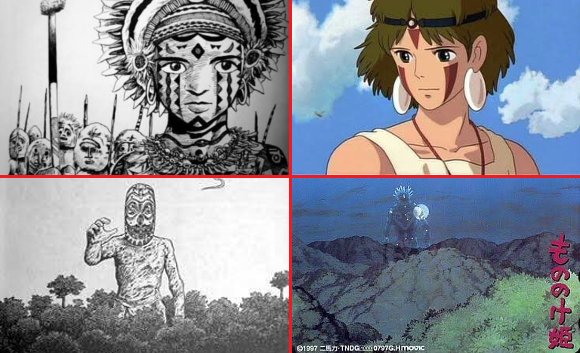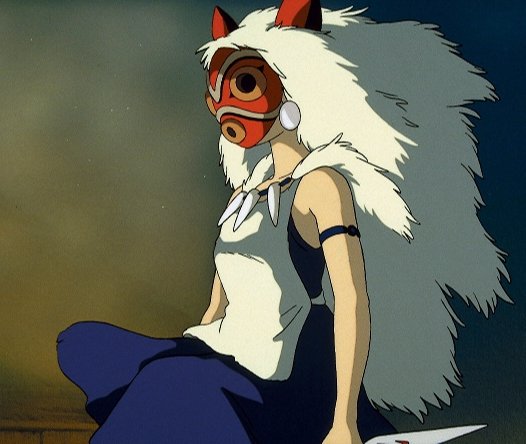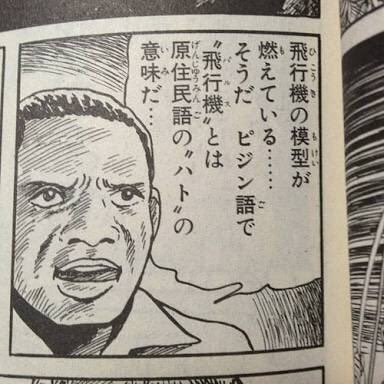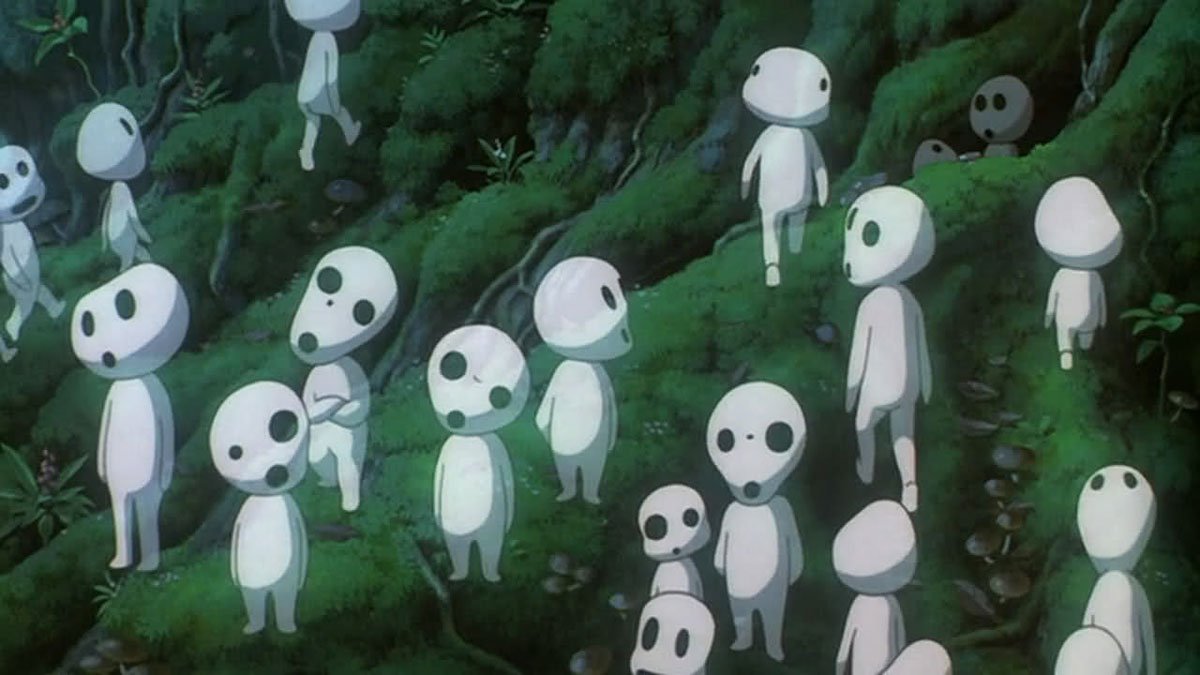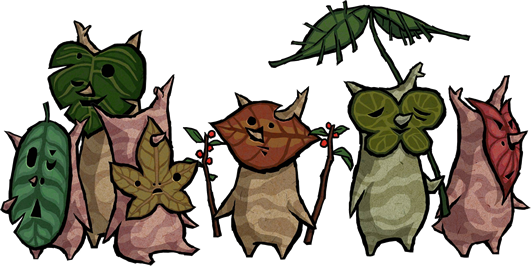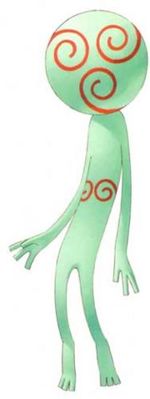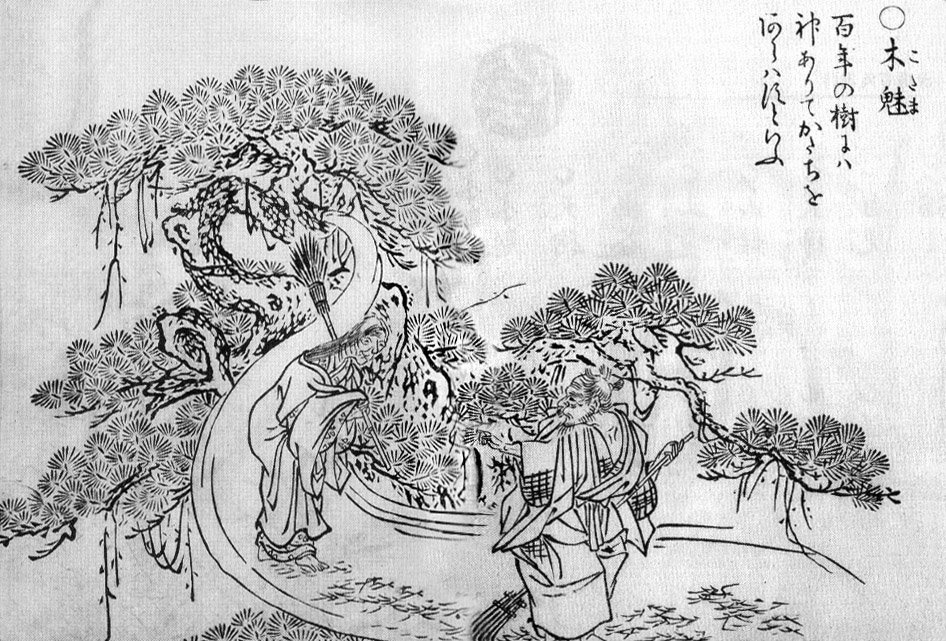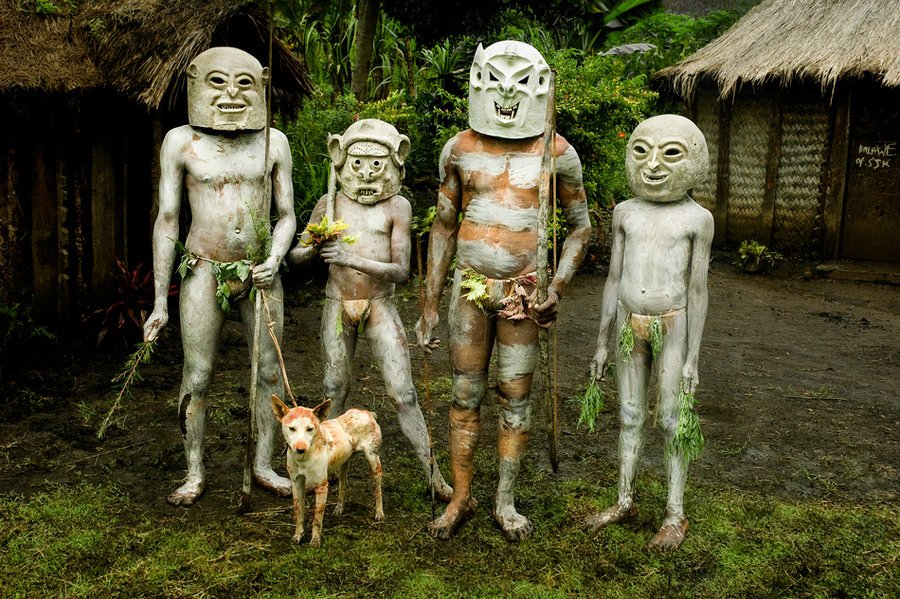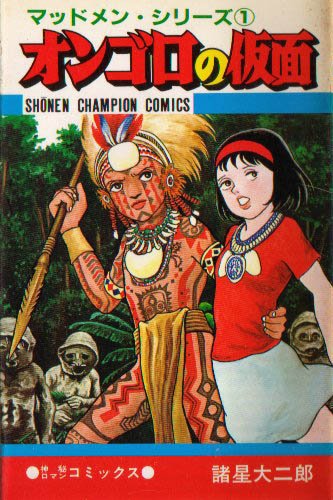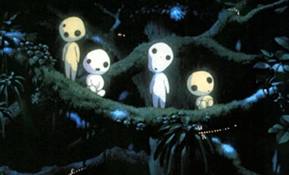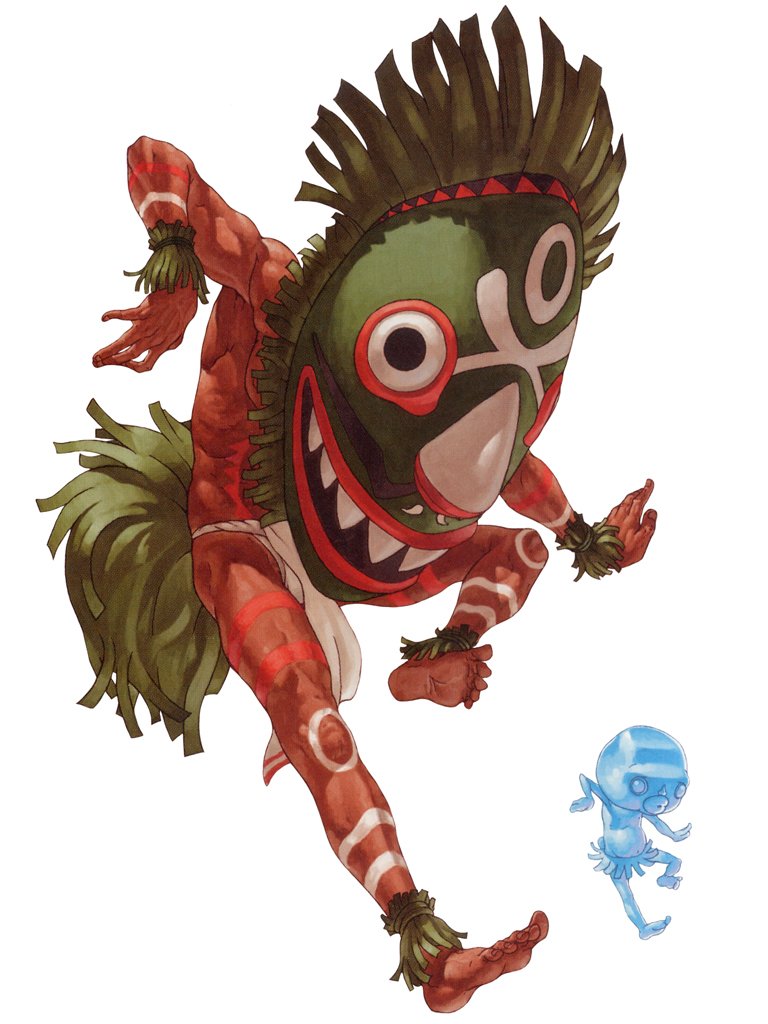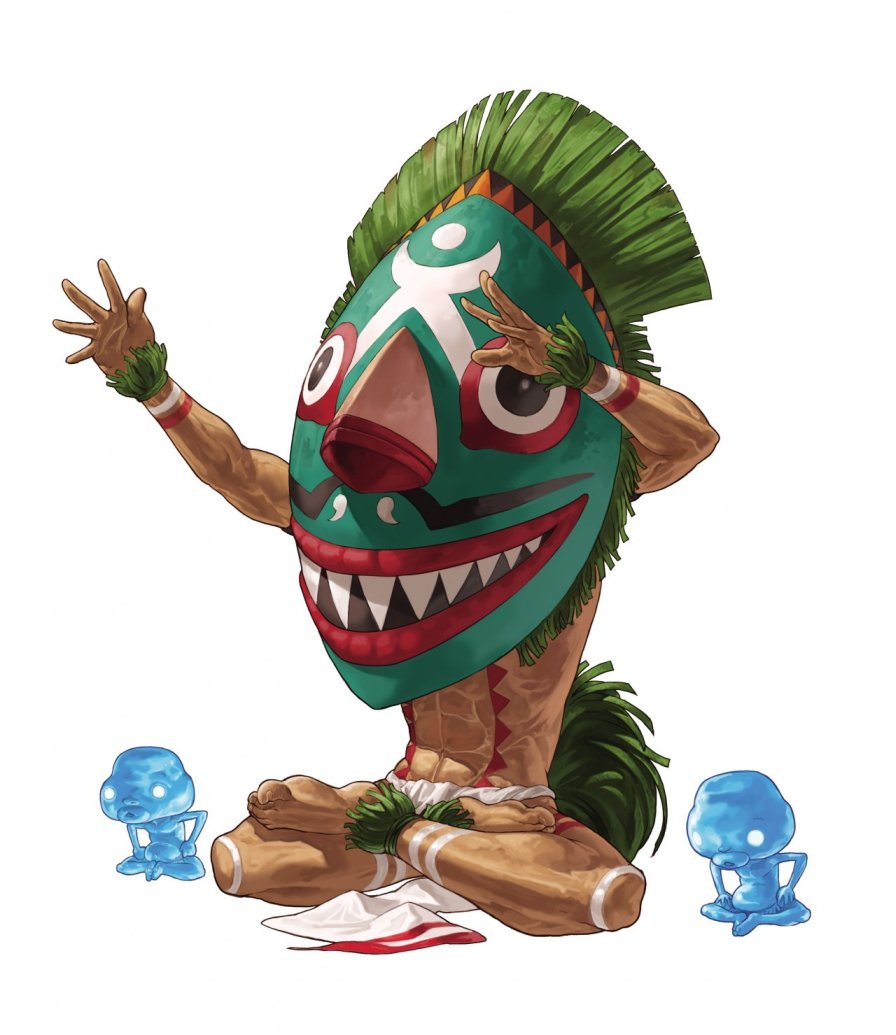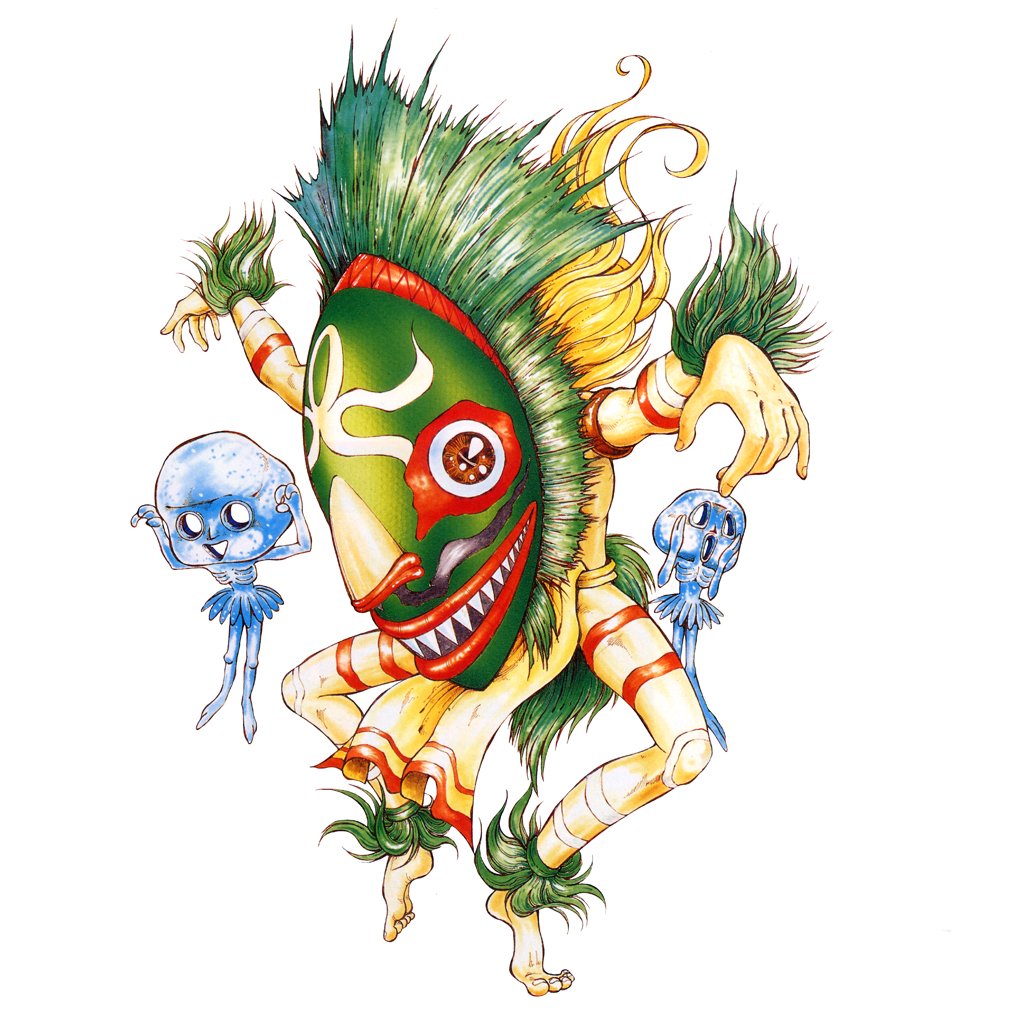Let's talk about Mudman, the World Heroes character. Let's also talk about Hayao Miyazaki, Papua New Guinea, and Daijirou Morohoshi.
World War 2, Neon Genesis Evangelion, and the Yellow Magic Orchestra will be involved, too. This is a wild one.
World War 2, Neon Genesis Evangelion, and the Yellow Magic Orchestra will be involved, too. This is a wild one.
First, who is Mudman?
He's a character from the 1993 game World Heroes 2, developed by ADK for the Neo Geo arcade. He's a cheerful shaman from Papua New Guinea, who fights for his people. He summons spirits to help him, and generally acts like a goofball.
He's a character from the 1993 game World Heroes 2, developed by ADK for the Neo Geo arcade. He's a cheerful shaman from Papua New Guinea, who fights for his people. He summons spirits to help him, and generally acts like a goofball.
At that point, few fighting game characters were more than exaggerated stereotypes. And Mudman is no exception, but I'd like to leave the judging of "how racist is this exactly" to someone more qualified, and talk instead about the inspiration behind him.
That inspiration is straightforward enough - he's a tribute to the 1982 manga Mud Men: Mask of Ongoro (マッドメン オンゴロの仮面) by Daijirou Morohoshi. But from there, it gets interesting.
Unfortunately, Mud Men has never been translated to English. In fact, none of Morohoshi's works have been, which strikes me as criminal, considering how influential he's been.
But we'll get to that in a second, first let's talk about Morohoshi's own inspiration.
But we'll get to that in a second, first let's talk about Morohoshi's own inspiration.
Mud Men is a story about the creation myths of Papua New Guinea tribes, seeming to combine both Asaro and Sepik motifs.
the Asaro River tribes are colloquially known as the "mudmen", due to their tradition of crafting clay masks for use in rituals. Every other week National Geographic sends somebody over there to bother them.
the many tribes living along the Sepik River, particularly the middle of it, are famous for their elaborate masks. You may have seen them before, hanging on the walls of someone who mistakenly thought an "exotic tribal mask" would complete his apartment's decor.
now, it also has to be noted that Japan deployed troops in the New Guinea islands in WW2, fighting the British and Australians who had already taken the islands from their original owners.
In fact, Shigeru Mizuki, the author of Gegege no Kitaro, saw combat and was shot down here!
In fact, Shigeru Mizuki, the author of Gegege no Kitaro, saw combat and was shot down here!
Mizuki was shot down in Rabaul, and lost his arm. His experience in the war, and among the native people there, greatly affected him. He would later write Gegege no Kitaro (ゲゲゲの鬼太郎), a manga about youkai (ghosts) that's extremely famous in Japan.
Gegege has several anime adaptions, and the current one recently had an episode set in Rabaul. It featured the Tubuan spirits, of the Tolai people who live in that area.
At any rate, Japan's connection to Papua New Guinea is deeper than you might think!
At any rate, Japan's connection to Papua New Guinea is deeper than you might think!
But I said Morohoshi was influential, right? For starters, he influenced Haruomi Hosono of the Yellow Magic Orchestra to write the song "The Madmen" on their 1983 album, Service. (the production company misspelled Mud Men as Madmen)
But Morohoshi's influence doesn't end there. Osamu Tezuka praised him, saying “I could draw like Otomo (Katsuhiro), I could draw like Hoshino (Yukinobu), but I couldn't draw like Morohoshi.”
Hideaki Anno was inspired by Morohoshi's Kage no Machi (影の街), saying in an interview that he wanted to recreate the scene where the giant appeared. The unique slouch and emaciated design of the Eva Unit (From 1995's Neon Genesis Evangelion) show this influence.
And now for the big one - Hayao Miyazaki has said he was greatly inspired by Mud Men. You can see it heavily in Princess Monoke (1997), just swap the gender of the protagonists.
Not having read Mud Men myself, I can't really comment on how much the plots overlap. I'm inclined to say they go in different directions, but the visual inspiration is clear (and again, admitted by Miyazaki himself).
another thing - in Laputa (1986), the magic word that destroys the castle in the sky is "Balse". Which just so happens to be a key word in Mud Men, where it is part of the native language and means "bird".
Also! Miyazaki once said he "wished Morohoshi had drawn Nausicaa".
Also! Miyazaki once said he "wished Morohoshi had drawn Nausicaa".
Now, this one's a bit of a stretch, but bear with me - Mononoke didn't invent the kodama spirit. But it definitely gave them an iconic appearance, echoed in the Wind Waker (2003), Shin Megami Tensei III (2003), and elsewhere.
See, until Mononoke came along, there was no "little bobble-headed dude" design associated with Kodama. They were represented as actual trees, or old men.
So, is it possible that the Kodama's design came from Mud Men's depiction of the Asaro people? I think it just might be.
But wait a minute, weren't we talking about Mudman? Note his spirit companions - they almost seem like a missing link between the Mudmen and the Kodama. And check the dates - World Heroes 2 was in 1993, 4 years before Princess Mononoke released.
I'm just saying.
I'm just saying.
if you thought this was interesting, it isn't the first time I've done a deep dive like this: https://twitter.com/poondonkus/status/1024800899053572096

 Read on Twitter
Read on Twitter